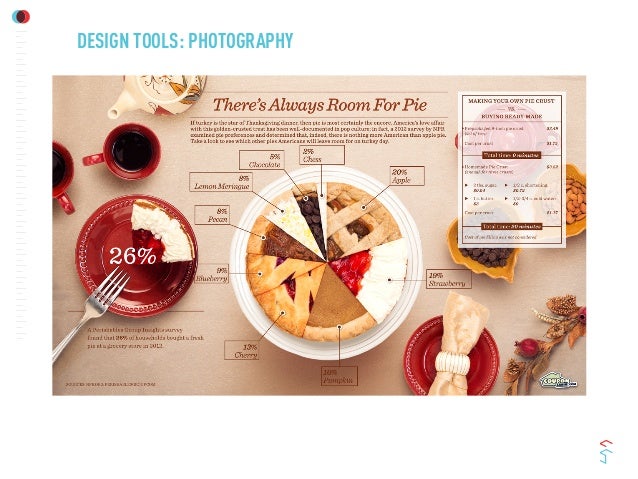What Every Digital Photographer Must Find Out About Illumination
What Every Digital Photographer Must Find Out About Illumination
Blog Article
Content Author-Boone Brady
As a digital photographer, you know that lighting can make or damage your pictures. Recognizing the nuances of both all-natural and synthetic light is necessary for recording the mood and quality you aim for in your job. Whether you're going after the excellent gold hour glow or tweak your fabricated configurations, understanding these aspects can boost your photography significantly. However there prevail mistakes that many ignore, and recognizing them can change your strategy to every shoot. Let's discover what you may be missing out on and exactly how it can influence your results.
Recognizing All-natural Light
Understanding all-natural light is vital for any type of professional photographer aiming to enhance their job. https://zenwriting.net/jayna92fausto/imaginative-digital-photography-concepts-unleashing-your-imagination 's the structure of excellent photography, influencing mood, tone, and quality. When you fire outdoors, pay attention to the time of day. The gold hour-- soon after sunup and before sundown-- offers soft, warm light that can transform common scenes right into sensational pictures.
Do not ignore https://fstoppers.com/education/common-landscape-photography-composition-mistakes-and-how-avoid-them-402657 of overcast days. Cloud cover diffuses sunshine, creating a soft, even light that's excellent for portraits and macro digital photography. You'll find shades pop in this sort of lights without rough shadows.
Positioning issues, as well. Always consider your topic's orientation to the light. If the sunlight's behind your topic, you might wind up with a shape, which can be significant however mightn't be what you desire. On the other hand, straight sunshine can develop unflattering shadows.
Trying out angles; occasionally, changing your viewpoint can yield incredible outcomes. Usage all-natural reflectors, like water or sand, to jump light onto your topic, including dimension.
Mastering Artificial Light
Mastering fabricated light is crucial for professional photographers who want to take their abilities to the next level. Whether you're using speedlights, studio strobes, or continuous lights, comprehending how to adjust these sources can dramatically enhance your images.
Start by acquainting yourself with the basics of light quality, direction, and shade temperature. Explore different modifiers like softboxes, umbrellas, or grids to control the gentleness or harshness of the light.
You'll discover that soft light commonly creates flattering outcomes, while harsher light can add drama and depth. Don't shy away from shadows; they can enhance the three-dimensionality of your topics.
Pay close attention to the positioning of your lights. A light located also near your subject can develop unflattering outcomes, while as well far can bring about an absence of information. Utilize a light meter or your video camera's histogram to guarantee you're subjecting correctly.
Lastly, bear in mind that synthetic light can be mixed with ambient light for innovative impacts. Balancing these sources may take method, but once you master it, your digital photography will absolutely beam.
Strategies for Various Circumstances
When you enter various capturing circumstances, adapting your illumination techniques is critical for catching the very best photos. For exterior portraits, utilize the gold hour-- morning or late afternoon light-- to soften darkness and enhance complexion.
If it's a harsh noontime sunlight, consider making use of a reflector to bounce light back onto your topic or look for shaded areas for a much more even direct exposure.
In https://blogfreely.net/cassy023daria/learn-to-uncover-your-unique-photographic-style-by-exploring-impacts-and -light situations, like indoor occasions, boost your ISO and use a large aperture to allow in even more light. A tripod can aid remove video camera shake, permitting longer direct exposures without obscuring.
If you're shooting at evening, experiment with off-camera flash to produce vibrant illumination and deepness in your pictures.
For item photography, use diffused lighting to prevent severe reflections. Softboxes or light tents can aid accomplish this impact.
When photographing landscapes, take into consideration the instructions of light and time of day, as it can considerably alter the mood of your shot.
Constantly prepare to adjust your settings and positioning based upon the scenario, as adaptability is essential to understanding lighting in photography.
Conclusion
Finally, understanding illumination is crucial to boosting your digital photography abilities. Accept all-natural light's beauty throughout golden hour, and don't shy away from explore man-made light techniques. By adapting your technique to different situations, you'll catch sensational pictures that resonate with emotion and clarity. Keep in mind, the right lighting can transform a normal shot into something amazing, so maintain practicing and fine-tuning your understanding of both all-natural and man-made light. Pleased capturing!
